Editor’s note: This story is part of Meet a UChicagoan, a regular series focusing on the people who make UChicago a distinct intellectual community. Read about the others here.
Wide is the spectrum of scientific inquiry, ranging from the philosophical—”What is information?”—to the banal — ”Where did I put that Allen wrench?”
For University of Chicago graduate student Chloe Washabaugh, there is joy to be found in all of it. A Ph.D. student in quantum engineering at the Pritzker School of Molecular Engineering, Washabaugh fashions molecules into tiny quantum information processors, designing them to sense, send or store data—whatever the need.
As a molecular engineer and a collaborator with Q-NEXT, a U.S. Department of Energy National Quantum Information Science Research Center led by Argonne National Laboratory, Washabaugh gets to explore the nature of information, a puzzle that drew her to quantum research in the first place. What is information at its foundation? How is it expressed? How can we manipulate molecules to process it?
Washabaugh is contributing to what is expected to be one of the biggest scientific advances of the century: quantum information engineering. By encoding data in particular features of atom-scale matter, scientists are revolutionizing information technology. In the coming decades, quantum technologies are expected to push the bounds of what can be achieved in health care, finance and communication.
It’s a whole new way of managing digital information. Today’s technologies render information as binary code—0 or 1—which can be translated as “Is there an electron there, or is there not an electron there?” Washabaugh said. Quantum technologies, on the other hand, make fuller use of the electron.
“There’s so much more to what an electron can do than just exist or not exist,” she said. “And that’s quantum information. That’s using the degrees of freedom inherent in these quantum mechanical objects.”
A tailor for qubits
Washabaugh helps build custom molecules that can serve as qubits—carriers of quantum information.
In the family tree of qubit types, the molecular qubit is a relatively young branch, having been under development for only a decade or so. The newness of the research and the technology’s promising versatility made it an attractive pursuit for Washabaugh.
“The way molecular qubits are engineered allows lots of flexibility in how they can be used,” she said. “And their development is young enough that you don’t know what they’re going to be good at yet. That’s why I was excited to work on this.”
Her team’s qubits are composed of a central metal atom—”the qubit’s superstar,” as she calls it—connected to radiating branches made of atoms such as carbon or oxygen. The team adjusts the types and number of branches to tune the qubit’s performance for different uses.
“It’s kind of like being a Savile Row tailor: ‘We want this feature and that feature in order to explore this physics and that physics,’” Washabaugh said. “What molecules have better properties for, say, quantum sensing applications or quantum communication applications? In principle, we could design a qubit that’s tailor-made for any use.”
The group’s specialty is qubits that interact in the optical range of light, making them compatible for a broad range of applications in sensing and communication.
The effort is a true collaboration. Washabaugh and her colleagues are part of a UChicago group headed by David Awschalom, the director of Q-NEXT and the Liew Family Professor of Molecular Engineering. That team joins forces with a lab at MIT headed by Prof. Danna Freedman, who is also part of Q-NEXT.
The two groups enjoy a yin-yang complementarity: Freedman’s group synthesizes the molecules, and Awschalom’s uses advanced techniques to probe the qubits and explore the underlying physics that drives their performance.
“It’s a really cool feedback loop between physicists, chemists and materials scientists to develop this molecular platform to build good qubits,” Washabaugh said.
From Bob the Builder to Chloe the Encoder
A childhood Halloween portended Washabaugh’s future as an engineer. As a three-year-old, she dressed up as Bob the Builder. The costume tracked with her grade-school love of technical projects, though she does remember as a middle schooler “crying and throwing basically a temper tantrum when I started to learn algebra. But once I figured it out, math started to make sense to me,” she said.
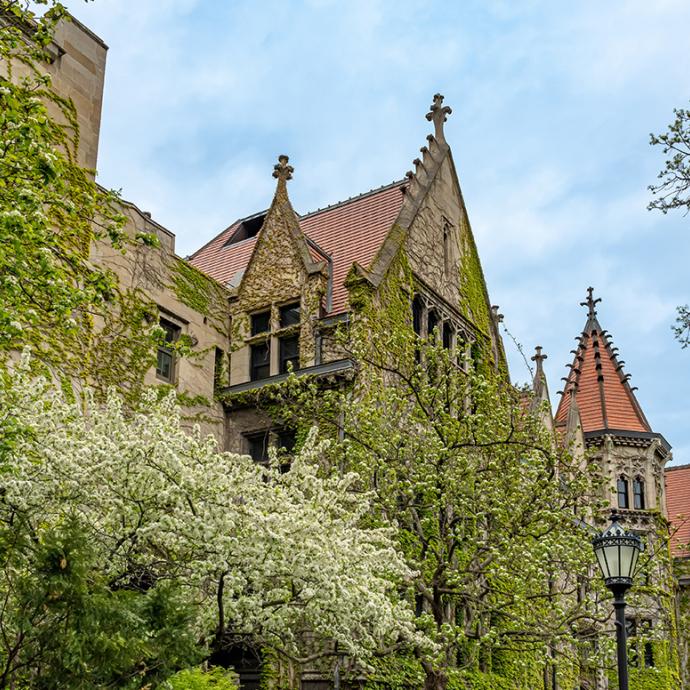
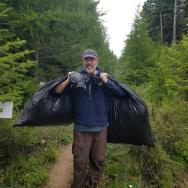
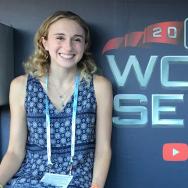
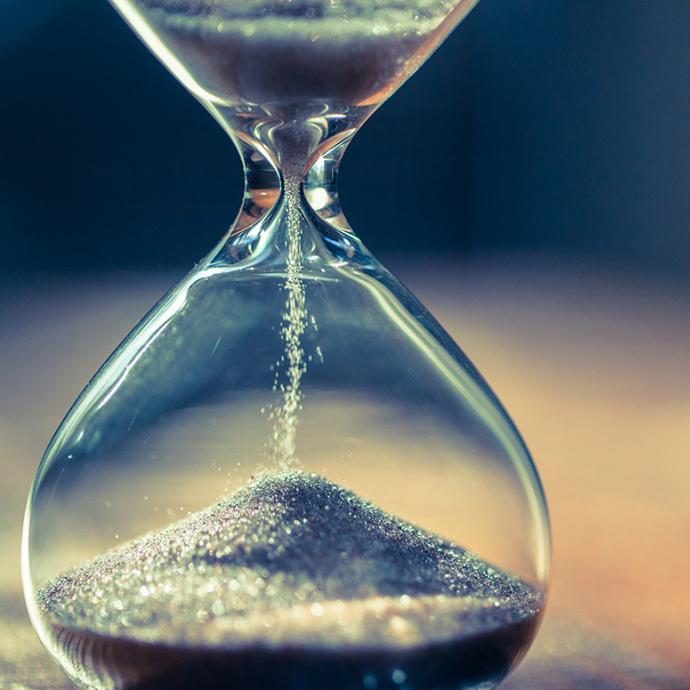
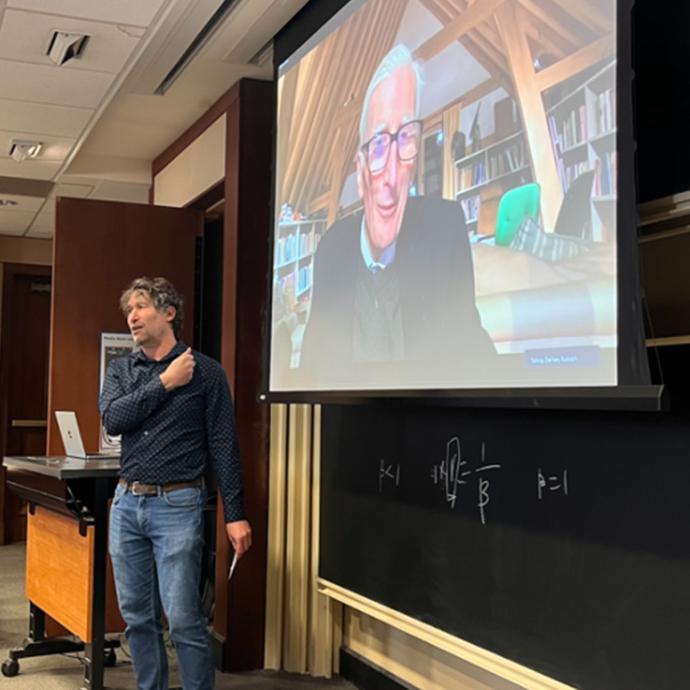
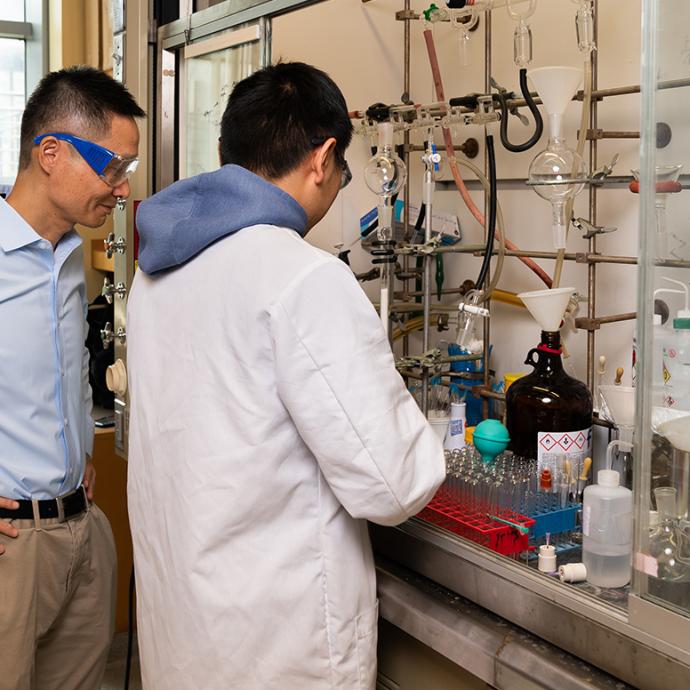

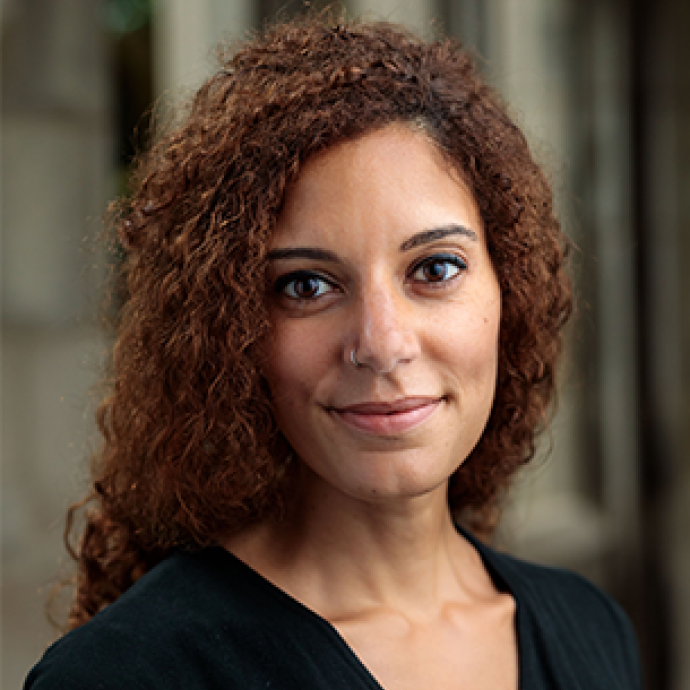




 —Prof. Chuan He
—Prof. Chuan He
